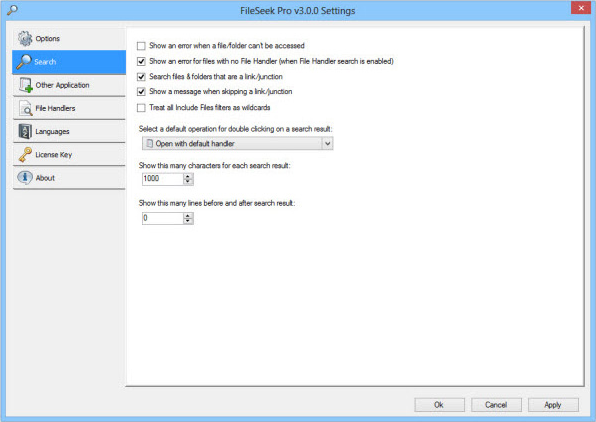


In the following example, we will explain a folder by comparing it to a tree. A folder will contain sub-folders and then files. Folders are used to organise a computer’s files so that it can be found easier. Files are stored on a computer inside folders. Storage media, such as DVDs, USBs and hard drives, do not save data to the disks on the computer.Ī Windows operating system organises its drives, folders and files in a hierarchical folder structure.

The D: Which is also known as the D-drive, usually refers to a CD or DVD drive.The C: Which is also known as the C-drive, usually refers to the hard disk drive (HDD).For example, from Figure 3.2, you can see the following: The capital letters and colon indicate what type of disk it is. Figure 3.2: Different storage media on a computer Figure 3.2 shows an example of the different drives that can be found on a computer. Each drive will indicate the type of storage medium, for example, whether it is a hard disk, USB drive, CD, DVD, or so on. Data is stored on and retrieved from a disk drive. Figure 3.1: Folders used for file managementįolders are stored on a drive in a computer. In Windows, folders are used to organise files. This is to give you an idea of how file management looks on a computer. This folder contains sub-folders that are organised according to the name of the artist or group. In the same way, we can store files and folders on a computer.įigure 3.1 shows the This PC folder with the sub-folder Music. A filing cabinet is used to store paper files in cardboard folders. UNIT 3.1 Basic concepts of file managementįile management on a computer is similar to filing documents in a filing cabinet. Before you can start with this chapter, you must have worked through the chapter on how to use a computer.


 0 kommentar(er)
0 kommentar(er)
